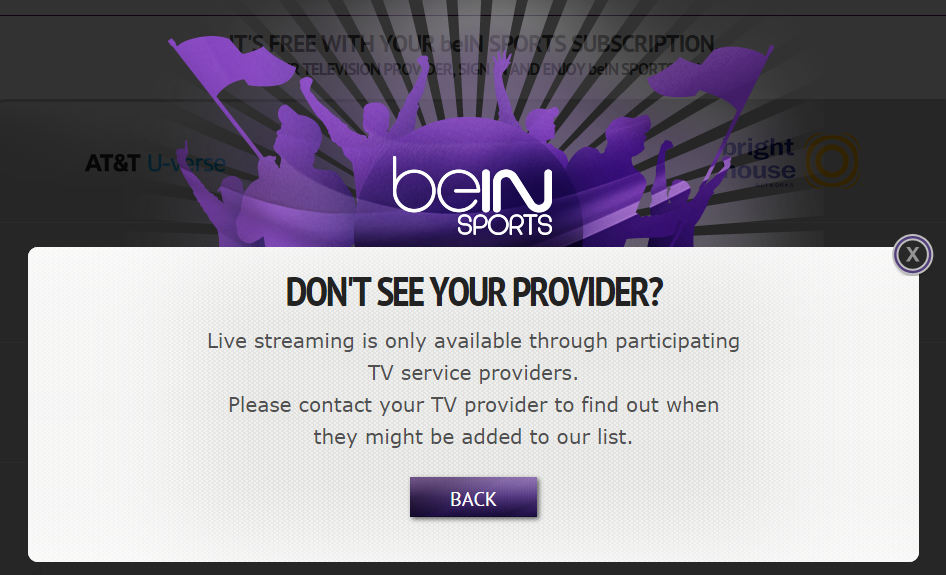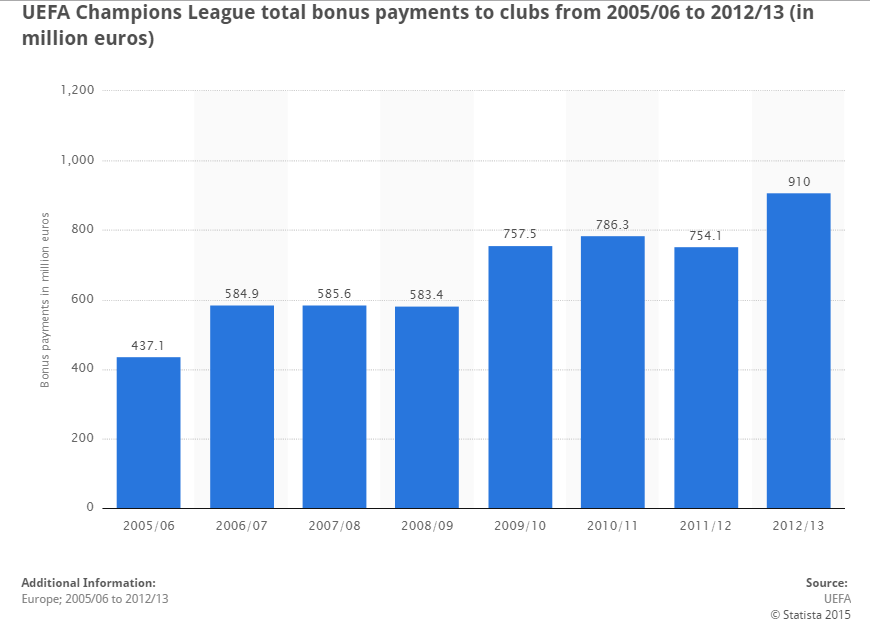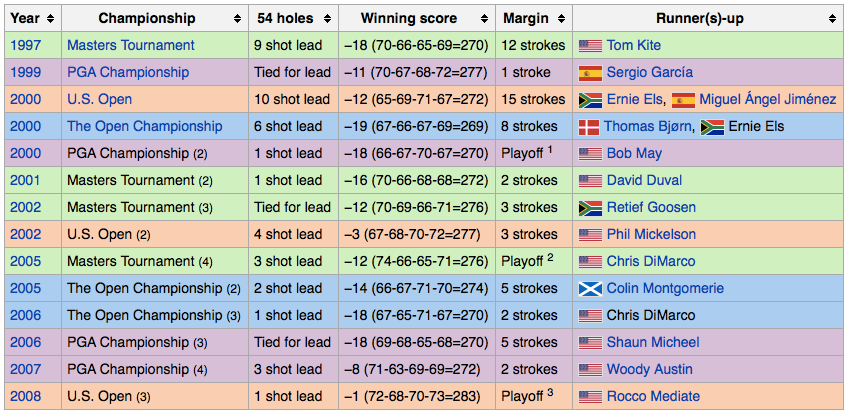Hydration Sensor Could Address Wrestlers’ Needs
I can still hear my high school wrestling coach talking to us about the dangers of “cutting weight.” That is to say, dropping large amounts of water weight in a short amount of time in order to make weight and be eligible to wrestle at a particular weight class. Sheer weight used to be the determining factor in how much water one has shed, but no longer. From a study conducted by University of Strathclyde a new wearable device could be able to provide real-time feedback on fluid loss and hydration levels to a computer or smartphone.
Similar to boxing, wrestling is divided up into various weight classes in the name of fairness. Of course, the weight can be very misleading as in just a few hours of intense workouts one can drop multiple pounds of water, allowing athletes to make weight, then rehydrate and technically be above the allowed weight class. Cutting weight is an old story, one that has been around for years despite numerous deaths in the high school and collegiate ranks. The NCAA enacted rules, specifically banning the use of saunas, rubber suits, and pills, but without a way to measure just how dehydrated an athlete is, it’s a fuzzy line between working up a significant sweat and being in real danger.
Dr. Stephen Milne of Strathclyde’s Department of Biomedical Engineering said of the new device:
On an individual level this would allow people to rehydrate during and after exercise. When it comes to team sports, fitness coaches would be able to monitor the data during matches and ensure athletes get what they need to maintain their performance. The sensor is small and wearing it on the skin does not cause any discomfort. During exercise the user would barely be aware of it, allowing them to focus on the activity without distraction.
Given the uniqueness of each person, the need for a personalized game plan for each individual’s workout plan and thus hydration plan is varied. The sensor itself has been designed in part by Professor Patricia Connolly of the Medical Diagnostics Research Group at the university who credited Dr. Milne, saying
Stephen has been able to take our work in medical sensors and transdermal sensing from the healthcare applications into the field of sport.
As someone who managed to stay at the 103 pound weight class all four years of high school, cutting weight was something I was all too familiar with. There were no doubt times I was dehydrated, but our coaches and managers were keen to notice fatigue and sloppiness in me, and would scale back workouts if need be. I would run laps in the pool room where the sweat would just pour out of me, but I never felt in any danger. If I did, I have no doubts the workout would have ceased as I was fortunate enough to have an excellent coaching staff. With this new sensor, the guesswork and “gut-feeling” of coaches is removed. While the context is focused on weight-class athletics, no doubt distance runners, weight trainers and athletes of any caliber should take careful note of their fluid levels. With issues of dehydration to hydrating at the wrong times or even over-hydrating abound, the sports world has been waiting for a wearable device like this for too long.





